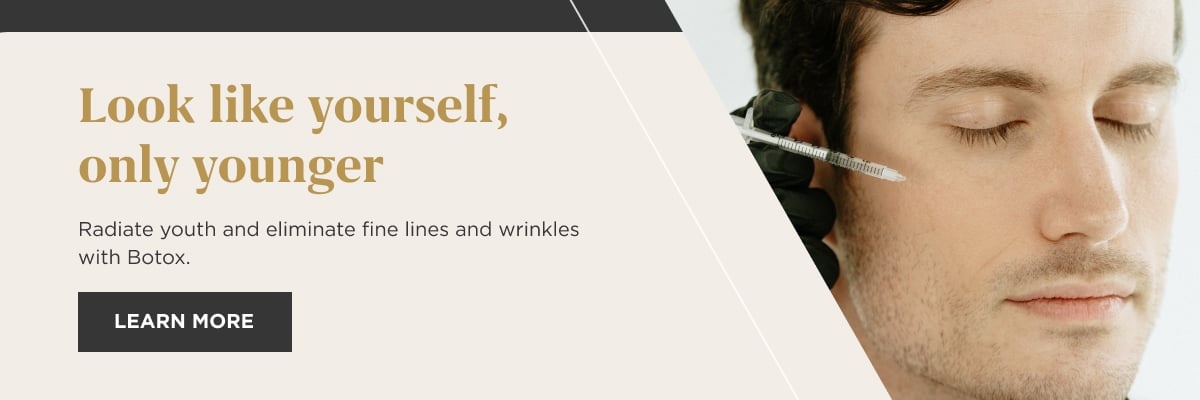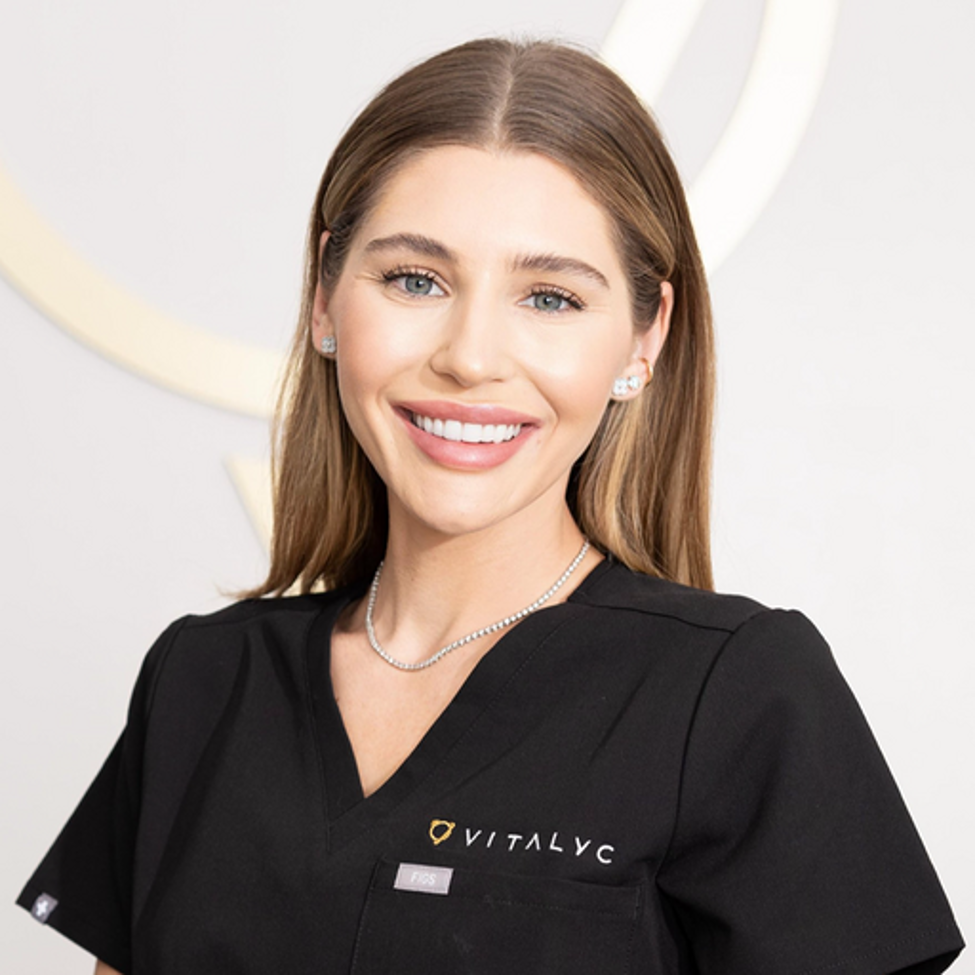Laughing, smiling, squinting, frowning ... Regardless of which facial expression you make, one thing is consistent: Each one leaves its mark in the form of fine lines and wrinkles. The good news is that multiple cosmetic injectables can be used to temporarily reduce common signs of aging.
Dysport, Botox, and Xeomin are all popular and effective injectables for aging gracefully—but what’s the difference between them? And how can you choose the best one to meet your needs and achieve your aesthetic goals? Keep reading to find out!
Dysport vs. Botox vs. Xeomin: Similarities and Differences
Let’s talk about the similarities and differences between Dysport, Botox, and Xeomin:
Similarities
Dysport, Botox, and Xeomin are all cosmetic injectables derived from botulinum toxin type A, a neurotoxin (or neuromodulator) that inhibits the signals sent to the facial muscles that cause them to contract.
Each of these injectables helps to soften skin creases, reduce muscle contractions, and smooth fine lines and wrinkles for a more youthful appearance. In addition to treating common facial wrinkles such as frown lines, forehead lines, and crow’s feet, Dysport, Botox, and Xeomin can also be used to treat migraine headaches, overactive bladder, and various other health concerns.
The treatments themselves are also fairly similar. Each treatment involves quick injections that take only a few minutes to administer. In fact, Dysport, Botox, and Xeomin appointments all take 15-30 minutes, with treatments averaging around 20 minutes. All three options also have no recovery or downtime and very few potential side effects.
Differences
Despite their many similarities, there are a few key differences between Dysport, Botox, and Xeomin to keep in mind:
Potency of Ingredients
The potency of ingredients is one of the biggest differentiators. Dysport, Botox, and Xeomin are all dosed differently because they differ in the potency of active proteins. Both Dysport and Botox contain added proteins, whereas Xeomin is “naked,” or a purer form of neurotoxin. With a pure protein formulation, Xeomin is double-filtered to remove excess proteins, meaning each injection contains only what you need to smooth out fine lines.
Speed and Longevity
Speed and longevity of results are another big difference between Dysport, Botox, and Xeomin. For many people, Dysport and Xeomin take effect faster than Botox. Dysport is also often longer-lasting than Botox, although this varies by person.
Treatment Areas
While it’s true that Dysport, Botox, and Xeomin all temporarily reduce facial lines and wrinkles, there are some differences in terms of treatment areas. Botox is approved for more on-label treatment areas of the face than Dysport and Xeomin.
Botox and Xeomin are ideal for treating small, isolated lines and wrinkles, such as crow’s feet or marionette lines. On the other hand, Dysport—which spreads further under the skin—is most effective for larger surface areas, such as the forehead.
How to Tell Which Cosmetic Injectable Is Right for You
Dysport, Botox, and Xeomin have many similarities; however, people sometimes simply respond better to different products than others. For example, Xeomin may work better for people with skin sensitivities because it has fewer proteins to interact with the body. This helps to reduce the risk of an allergic reaction or natural resistance to the injection.
Ideal candidates for each treatment option are men and women in good general health who want to reduce mild to moderate signs of aging without surgery. Additionally, optimal candidates have realistic expectations regarding their results.
Vitalyc’s team of professionals can help you determine which injectable is best for you based on your treatment history and desired outcomes. Schedule your personalized consultation to discuss your options and figure out the best fit for you.




-2.jpg?width=960&length=960&name=BLOG%20COVER%20PHOTO%20(5)-2.jpg)

.jpg?width=960&length=960&name=BLOG%20COVER%20PHOTO%20(9).jpg)